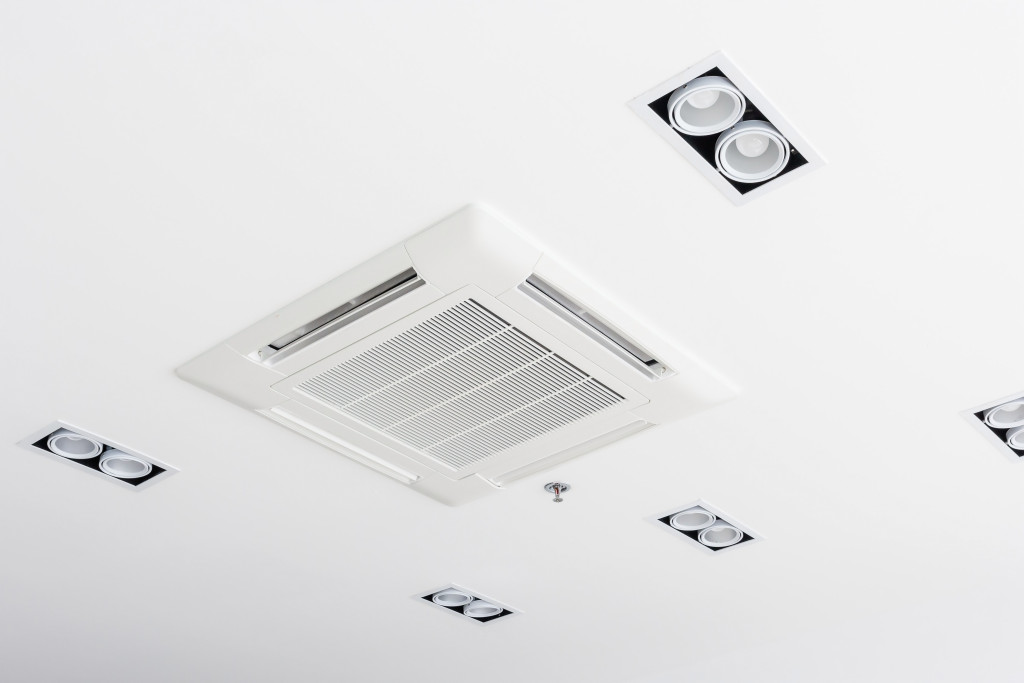Whether it’s a mortgage business in Kansas or a financial institution in NYC, virtually every workplace in the United States has struggled with a critical question: What degree must the thermostat be set to guarantee that workers are happy and effective?
This is much more than a topic for water-cooler discussions. According to studies, the temperature of a workplace may have a substantial effect on staff productivity. Furthermore, the typical office in the United States spends 29 percent of its annual running expenses, or about $30,000, on commodities such as electricity and gas for electric heating and cooling.
To make matters worse, few individuals can agree on what constitutes good conditions. While it may be difficult to please everybody, innovative technologies have emerged that offer workers complete leverage over the temperature while saving energy and money on electric heating and cooling. The effect of such technology on workers is highlighted in this article.
What are the Polls?
We began by asking our office staff to sample how often they are unhappy with the climate in their workplace. Predictably, half of the employees polled are unhappy with their office’s temperatures multiple times per month or more, with 10% unsatisfied “each day.” This discontent is strongly influenced by the season: most respondents believe their workplace temperature is “just perfect.”
In contrast, 57 percent think their workplaces are “too chilly” in the winter, and 43 percent feel they are “too hot” in the summer. Summer is by far the most contentious season, with just 26% of workers believing their workplace temperature is “just perfect.” Employees’ loss of control over their surroundings seems to be exacerbating the issue. A whopping 40% of workers report not influencing the workplace temperature, while just 24% can physically alter the thermostat.
Of all, no workplace could function successfully if each employee had complete control over the thermostat. Some modern temperature control systems, on the other hand, provide a possible answer by allowing each employee to “vote” on where the temperature should be set.
Comfy, for example, interacts with an office’s heating, ventilation, and air conditioning (HVAC) system. It enables workers to request that the office area be warmed or cooled using their phone or an internet browser. What’s the catch? While it offers workers some (excuse the pun) control, some tech restricts warm or cold air blasts to 10 minutes.
The technology also makes employee demands accessible to everybody else in their electric heating and cooling “zone,” promoting compromise and dialogue among workers who may not agree on everything. Employees benefit from the immediate satisfaction of having their voice heard with this kind of technology.

The Impact of Climate Control
Indeed, many studies have shown a significant correlation between worker productivity and workplace temperature. According to one research, every degree over 77 degrees Fahrenheit resulted in a 2% reduction in output.
However, although employees believe that having greater control over temperatures will improve their mood and productivity, it is essential to note that there will still have to be space for negotiation between individuals—particularly between male and female employees and old and young workers.
Fortunately, air conditioning technology is continuously developing, and various kinds of ventilation systems, from basic split systems to more extensive heat recovery systems, are available. VRF systems are becoming more fuel-efficient all the time. They can effectively chill and warm a building, maintaining a steady and pleasant temperature while decreasing energy use, utility expenses, and carbon footprint.
Systems react quickly to changes in temperature, both inside and outside, keeping the room at the intended set point; remember that you’ll get better climate control when the other elements of the building a well-tended to. In other words, check your ventilation and consider hiring commercial insulation services. More advanced systems can collect heat from warmer regions and transfer it to colder parts, making them highly efficient.
Nobody wants to be hot and sweaty at work. It may reduce productivity and be the source of many workplace groans! Humidity increases may make an area seem more desirable than it is. To reduce ‘stickiness,’ air conditioning systems remove excess moisture from the air.
Modern workspaces are densely packed with heat-generating equipment. Because sensitive equipment may only function within specific limits, this heat must be evacuated from the surroundings. Air conditioning systems that are cleverly built remove heat and humidity, distributing that energy somewhere where it is required, guaranteeing the safety of your company’s essential equipment.
Consider conducting an impartial online poll or survey to discover your employees’ actual temperature preferences. Consider new software and technological solutions. Beyond making workers more comfortable, there is frequently a financial rationale for updating your office’s thermostat controls: wasting energy to heat or cool a facility is lost money.
Consider other approaches. Even with the most advanced technologies, disputes may arise, leaving some workers dissatisfied. Encourage your employees to speak out if they are uncomfortable, and see if you can transfer them to another workplace area.

